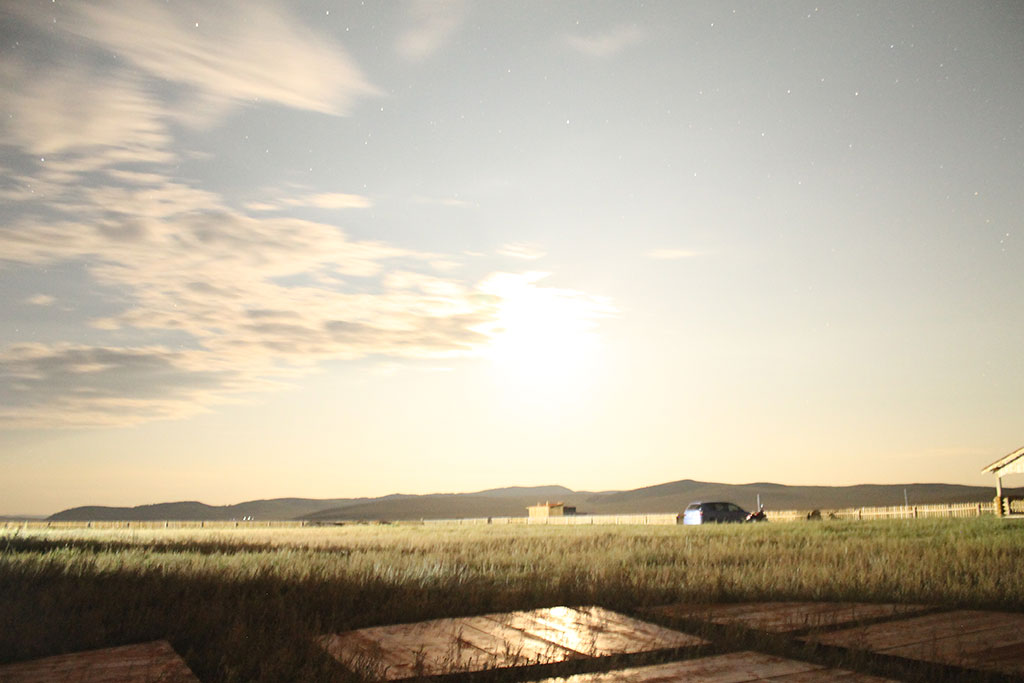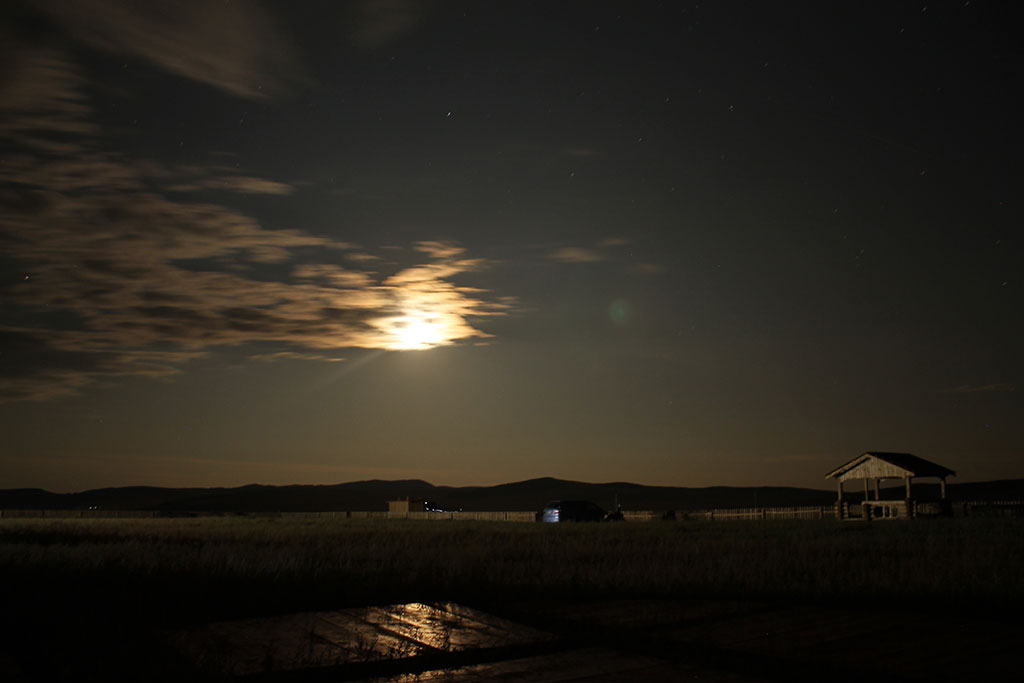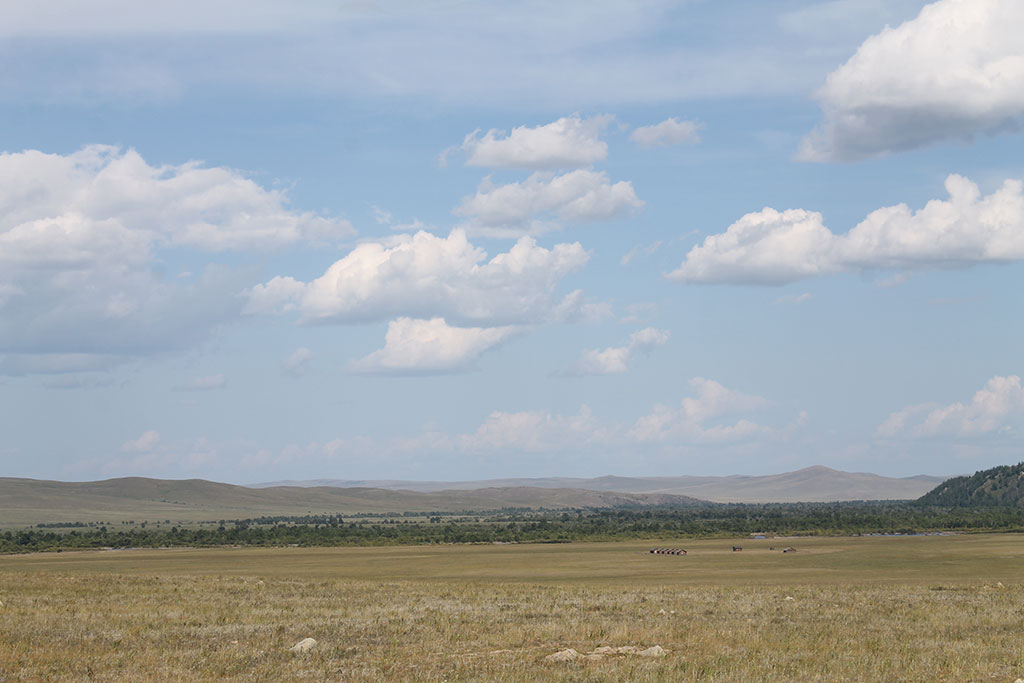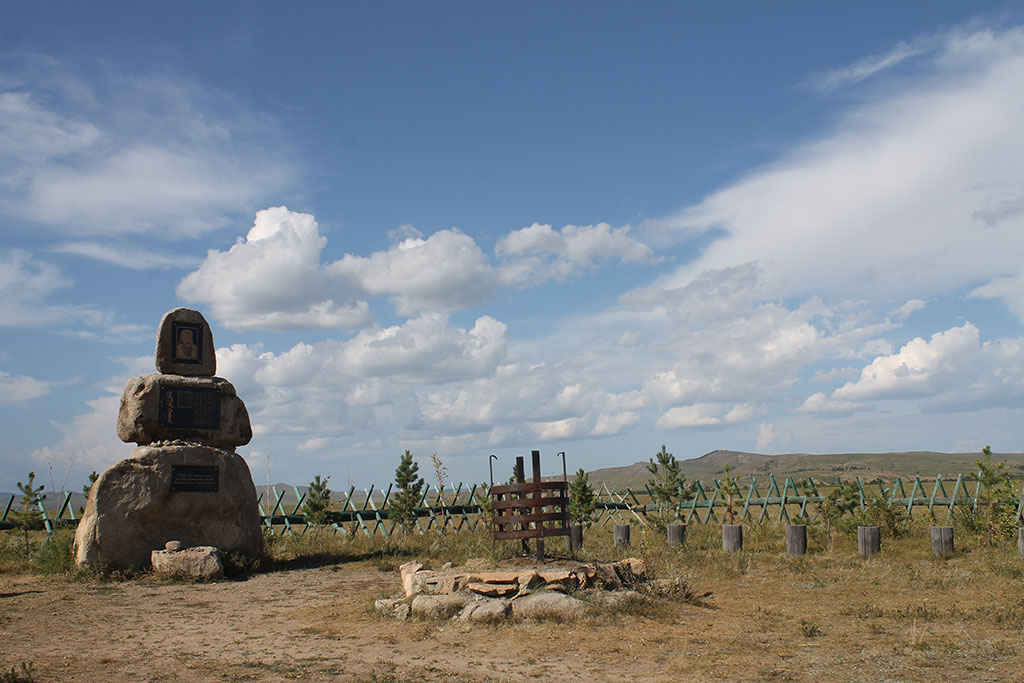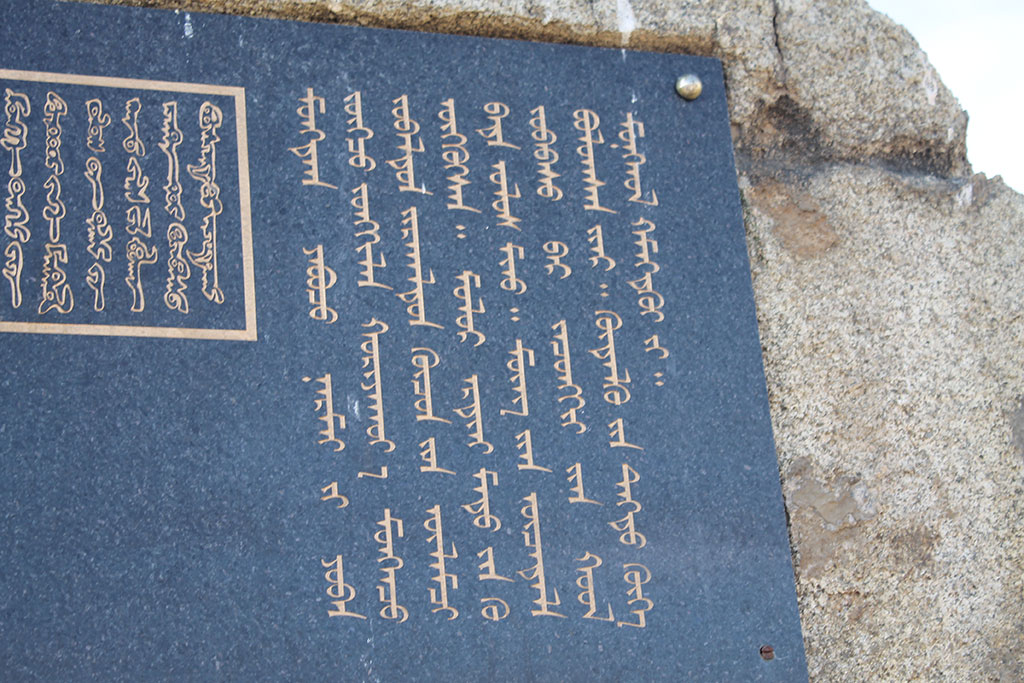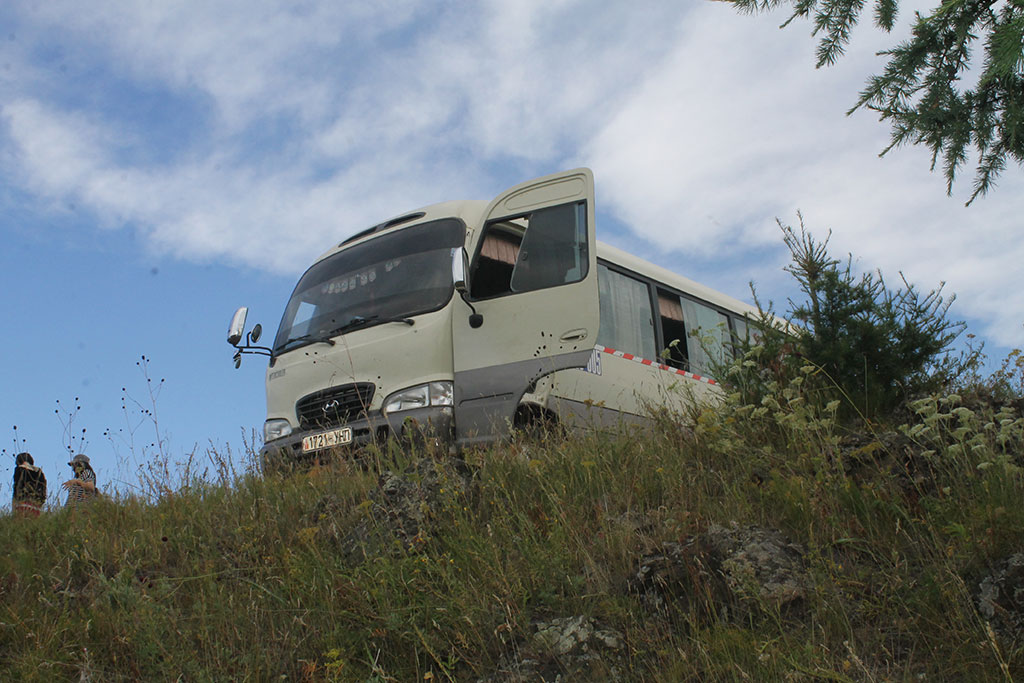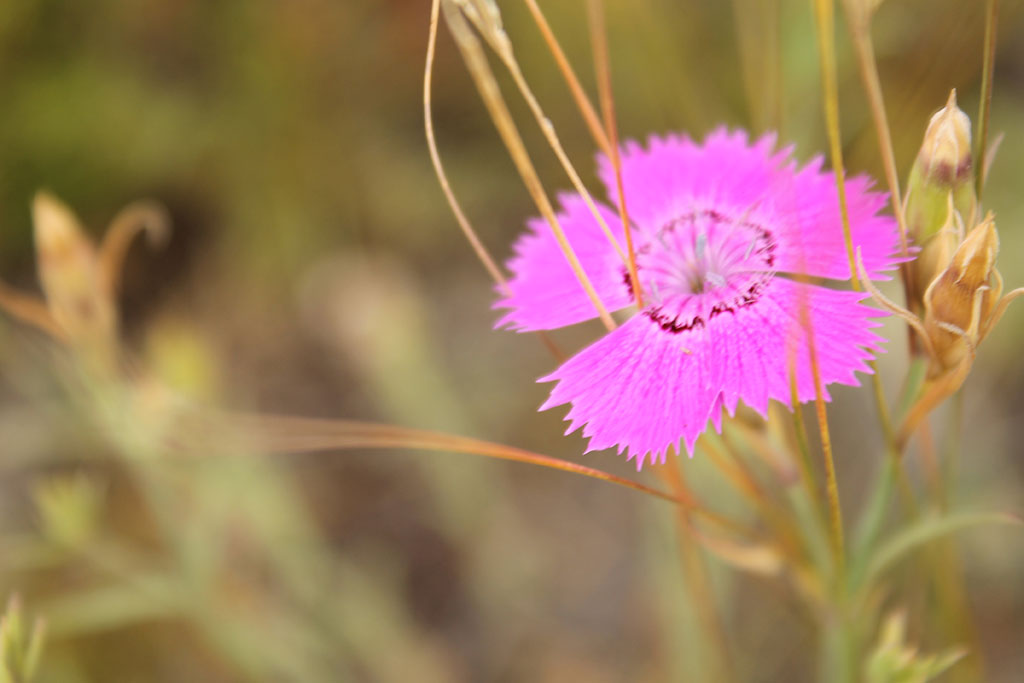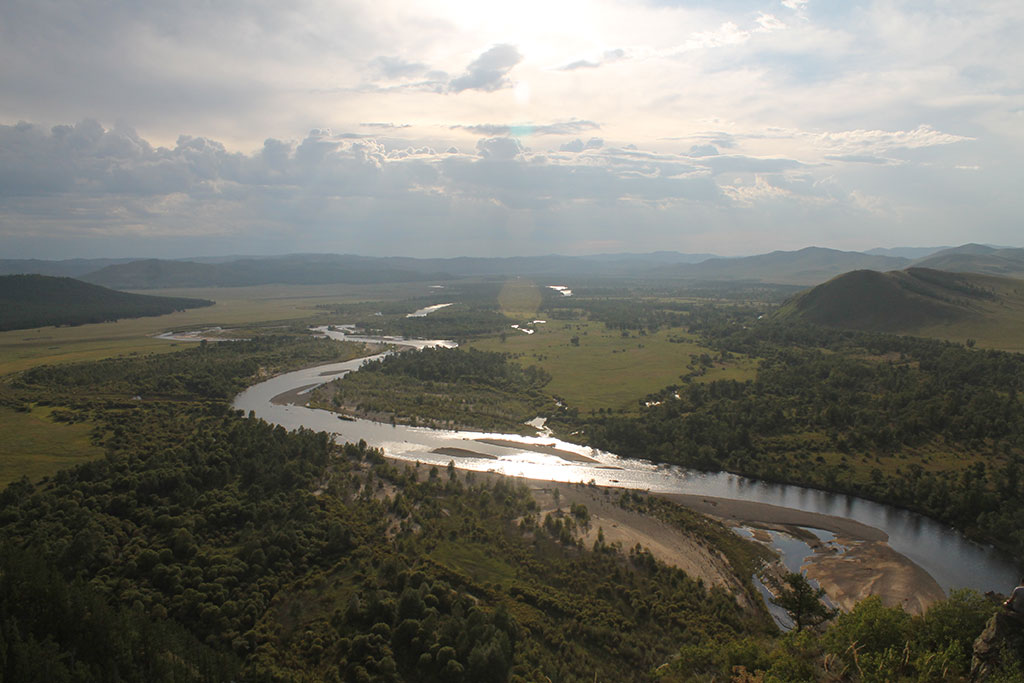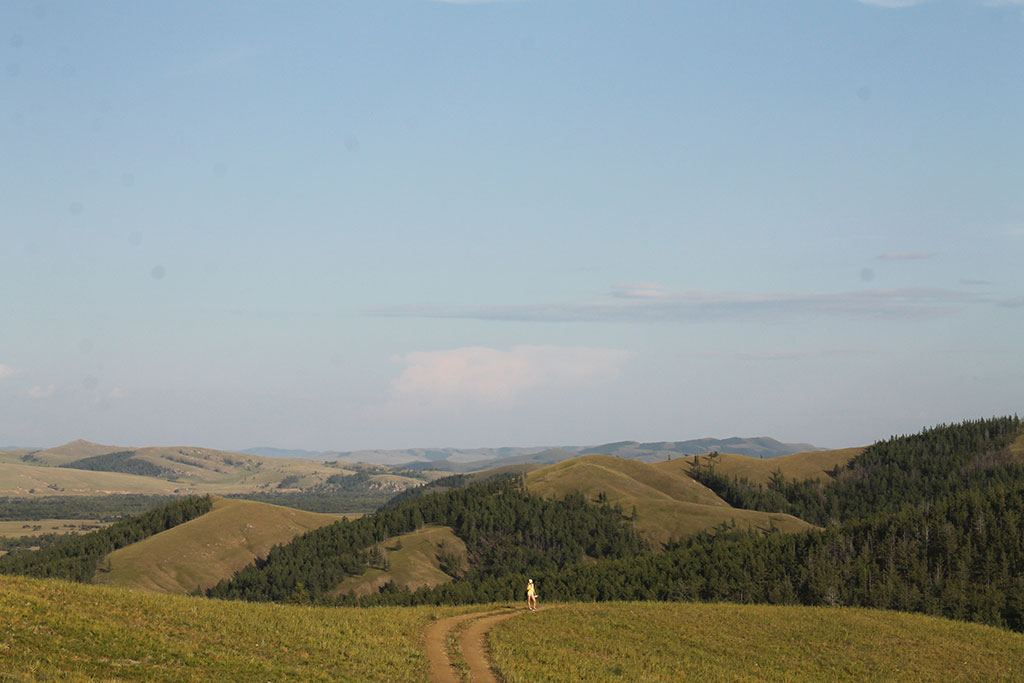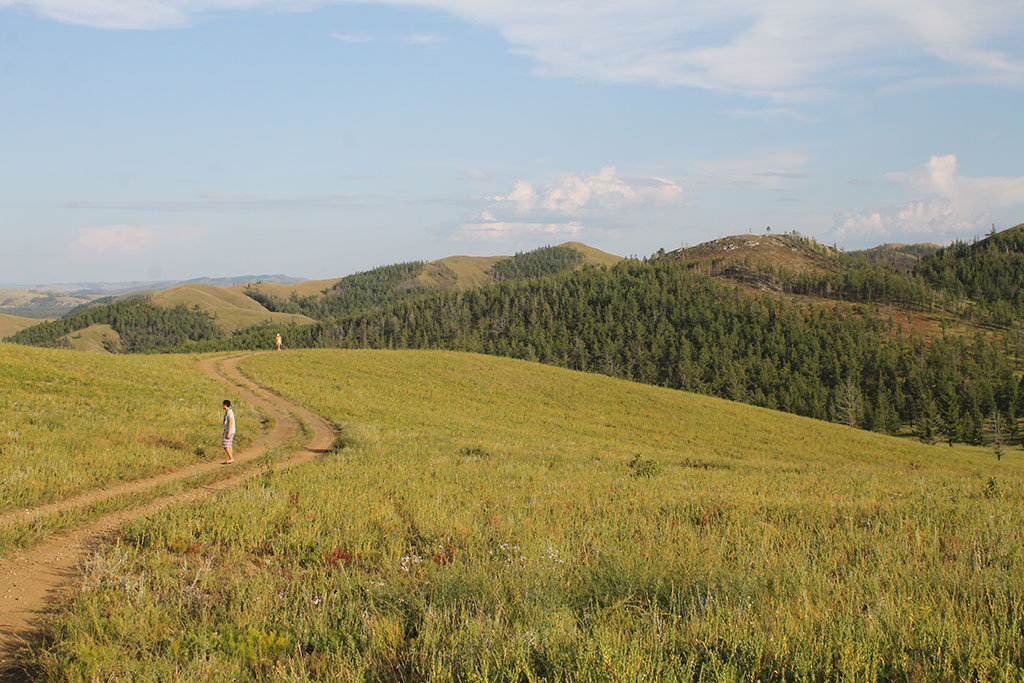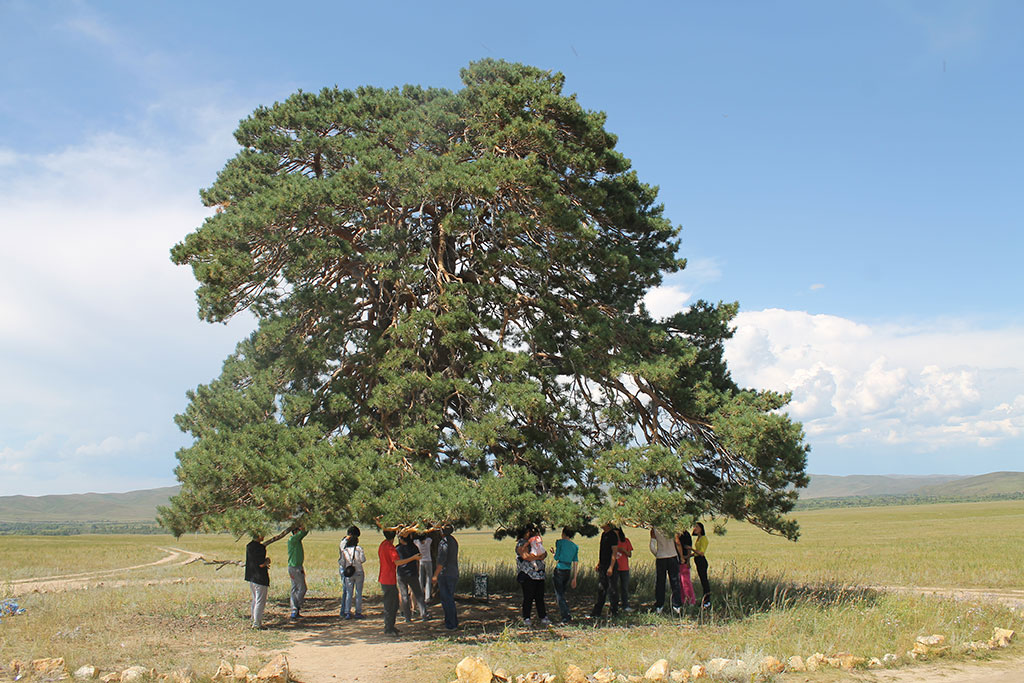Duration:
DATES:
TOUR HIGHLIGHTS:
Eastern Mongolia is combination of vast steppe, high mountains, taiga forest, rivers and volcanoes. Untouched, unexplored and mysterious travel destination of Eastern Mongolia is the Birthplace of Great Chinggis Khaan (Genghis Khan), who ruled the world in XIII century. The land of well respected high mountains, taiga forests, wide open steppe-grassland, many rivers, lakes, all places are written in world history of XIII century. The great eastern steppe is considered the last remaining untouched grassland on the earth. It is the home of the most numerous mammal and bird species of Mongolia. The largest flat plains of Mongolia are in the most east part of the country. The slope of the plateau is very gradual, only about 10m/km, making it the largest steppe in the world. The Menen Steppe is located west of the Buir Lake, sits at 600 meters above sea level, and is more than 90 km long and 60 km wide. Rich with pastoral grass, wolves, and the rare animals, it is the last untouched steppe in the world. Be amazed at the sight of grassland a moving like an open sea.
Khar Zurkhnii Khukh lake
The Khar Zurkhnii Khukh lake is located near the Tsenkher River, 35 km north of the center of Tsenkhermandal soum of Khentii Province, and 35 km north of the main road in the eastern region. The lake is consisted of 2 different sizes connecting freshwater lakes and it is laid at an altitude of 1675 meters above sea level in the foothills of the Khar Zurkh Mountain. Khukh Nuur (Blue Lake) is surrounded by a beautiful natural landscape with mountains and rich in wildlife and plants. In this place, in 1189, in the year of the Rooster, Temujin was enthroned on the throne of Mongolia and crowned with the title of Genghis Khaan or Dalai Ikh Khaan. On the shore of the lake, there is a monument which was erected for the 840th anniversary of the birth of Genghis Khaan, and there are half-moon-shaped square with a diameter of 108 meters and wooden carvings of 36 kings of the Great Empire who lead the Great Mongol State.
Deluun Boldog
Dulüün-Boldog, or Deluun-Boldog, is a tourist attraction located in Dadal soum, Khentii province, in Onon Balj National Park, It is one of several locations that is considered to be the birthplace of Genghis Khaan (Temüjin), in the year 1162 CE, according to The Secret history of the Mongol. It is located near the sacred mountain Burkhan Khaldun and the Onon and Kherlen Rivers. This scenic and serene foresty area is rich in wildlife, lakes, rivers, and springs. You will see many local visitors ceremonially climbing and paying respect at the cairn on the top of Deluun Boldog Hill. 1km west of the hill is Khajuu Bulag Spring drinking water of Temuujin family according to the chronicle book Secret History of the Mongols. In 1962, on the 800th anniversary of Genghis Khan’s birth, a 12 m tall statue was erected at Gurban Nuur Lake, 3 km north of Dadal Soum.
Shilin Bogd mountain
It is located 60 km southeast of Dariganga soum of Sukhbaatar province at an altitude of 1778 meters. There are about 300 extinct volcanoes in this plateau of Dariganga, the highest one is Shiliin Bogd Mountain. Mongolians believe that the spirit of any man, who climbs it, especially at sunrise, will be revived. About 220 extinct volcanoes exist in the region, makes the area is stunning and legendary. Since the area is close to the Chinese border, it becomes the Mongolian most eastern spot to see the greatest sunrise. Historically, the Shiliin Bogd Mountain was the worship place for Black Banner of Genghis khaan. One of the most interesting formations of world caves, the Taliin Agui (Steppe cave) locates in this area (12 km north of Shiliyn Bogd). This large underground, mysterious hole formed by lava from volcanic eruption many millennia ago.
Ganga Lake
Located 12 kilometers from the center of Dariganga soum in Sukhbaatar province. The lake area is 4 square kilometers, and Ganga means the eternal source of water that never dries up. Ganga Lake is visited by very rare birds, such as swans and cranes, which are included in the Mongolian Red Book. Every year, hundreds of swans fly in and flock together, which is why it is known as the 1000 swans meeting of Ganga Lake. Ganga lake is fed by 21 springs, the main is the spring of Dagshin Origikh. At a distance of 50 meters to the east of the lake, a cold spring with clear water gushes out from the ground and is called Orgikh Spring. From under the fine-grained sand, it bubbles up as boiling when someone make a louder the sound, the more the sand bubbles up.
Buir lake
Buir Lake is situated in Khalkhgol soum of Dornod province, on the border between Mongolia and Inner Mongolian Autonomous Region of China. The 21 km by 40 km freshwater Buir Lake is the 5th largest lake in Mongolia covering 615 sq.km surface area. The lake’s southeastern sandy beach and relatively shallow (6-16 m on average) warm water attracts domestic travelers in summer. The lake has 34 species of fishes such as amur carp, grayling, lenok, mirror carp, golden carp, silver carp, and burbot among others. Of 12 species have hunting importance. On its eastern tip, you will find a fishing farm established in 1930. Not only fish, but the lake is also a paradise for the birdwatchers. There are 37 species of sedentary birds and 199 species of migratory birds. The lake’s tributary Khalkh Gol River delta provides the best sight for the bird watchers.
In 2004, the Buir Lake was registered in the Ramsar List due to its international importance of wetlands conservation and sustainable utilization.Moreover, the lake is the longest water border of the country on the Chinese Mongolian border Orshuun River flows out of the lake.




